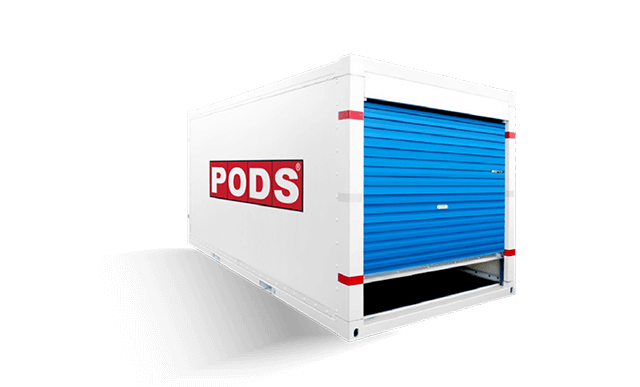
Retail sales, excluding food services, has continued multi-year growth.
In September 2018, such sales topped $447 billion according to government figures as provided by the Federal Reserve Bank of St. Louis. E-commerce is nearly 10 percent of that total, according to other government data.
The billion-dollar number includes businesses that do not lend themselves easily to online transactions, such as grocery and car sales. If those were parsed out, it's likely the e-commerce percentage would be even higher.
Ultimately, that means there is a great need for warehouse space to hold goods until they ship out the door. Growth means more demand for storage and therefore, higher prices. Managing inventory, storage, and pricing can make or break a business.
One solution: an IT strategy that is a great help in managing computer storage can lend a hand to physical storage. IT departments use temperature categorization to classify how immediately important data is, a sort of a data triage system. Such a system could also work for managing physical goods.
Managing storage like it: temperature Strategy
Businesses have had to deal with information storage as long as they've had data to keep, whether on paper in filing cabinets or in computers. Given how quickly companies began to generate and retain massive amounts of information with the onset of computers, trying to keep everything together on hard drives can become a headache. Expenses rise and networks slow.
An IT department could put data on less costly types of storage, like tape or an optical disk, taking it off the network but keep it available in on-site storage. Or materials could be shipped out to remote storage if room in the office is tight. Regardless of need, data still needs to be tracked.
But how do you decide which information to keep on-hand and which you might want to keep, yet may not need to access as frequently so it can be kept at a more distant location?

A hot, warm, cold categorization strategy is a best practice, as IBM notes. Data falls into one of the three groups, depending on how soon or frequently someone will need it. Each category can use different types of storage. The less immediate access is necessary, the cooler the corresponding data type is. For example, some data being used in transaction engines might reside in memory. Important but less immediately needed data sits on a hard drive connected to the network.
Data that the business needs but won't regularly use might go onto tape or some other medium — even paper — placed in a storage room or even kept off-premises in a physical warehouse. For example, perhaps you want to keep five years of transaction records, for tax or auditing purposes, but the likelihood of needing access to data in the near future is slim. That data could be labeled "cold," and stored off-site. The financials from just a year ago might be considered "warm," and stay in the cloud or on records kept in the main business location.
Apply temperature to physical storage
When it comes to storing physical items, companies might benefit from learning from their IT departments. As physical storage costs rise, companies may try to thin the ranks of what they store.
The problem comes from treating all physical storage as equivalent. Instead, companies can use a temperature category to differentiate among items and how to store them.
- Hot storage. This category includes items a company needs close at hand. Perhaps it's current inventory for a retailer, frequently-used tools and materials for a building contractor, replacement parts for exercise equipment on the floor at a fitness center, or replacement fixtures, flooring, and cabinets for a home that a restoration company is remodeling. Each industry will have specific hot storage needs. Some items are similar across industries, like current paper records.
- Warm storage. There are items that will be necessary, but are not necessarily required for regular and immediate access. A restaurant might want replacement tables and chairs nearby — they aren't needed daily, but they are needed immediately should something break. Contractors might want to include specialized types of equipment that they use less frequently. Retailers will have additional inventory that they eventually must use to replace sold items, and may need to order in bulk for pricing, or keep on hand so they don't have to wait a month should they sell out of something.
- Cold storage. Items that you still want but need infrequently go into cold storage. Older paper records are one example that cross industries. A retailer might swap out seasonal items, fixtures, and decorations to keep room open at the store. It's not worth buying decorations anew each year, but they won't need ready access such as for their shelf stock. Contractors can have surplus materials that they could use in future jobs which they don't commonly use, like specialized tile, lumber, or hardware.
These additional types of storage might include extra storage brought onsite or remote warehousing.
Containers are a versatile tool
Containers from PODS can play an important part in a temperature-based storage management strategy. Sturdy, steel-framed, weather-resistant portable containers rent by the month. Ground-level design enables easy and ramp-free loading.

Because the containers travel and not employees, there are significant savings of time. What would have been travel time is now available for more productive uses.
For more efficient operation, and more rational strategy inspired from IT departments ith lower costs, take the temperature of your storage today.
[maxbutton id="2"]

Your quote in 60 seconds
Get pricing tailored to your needs!